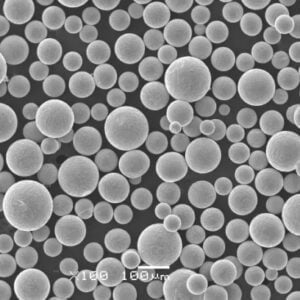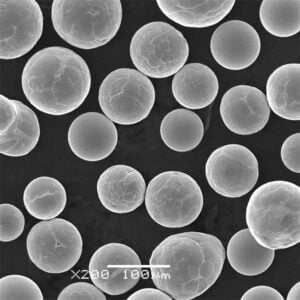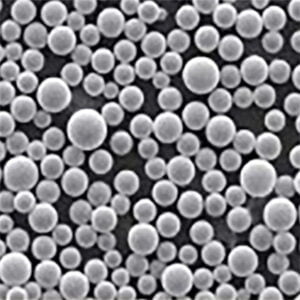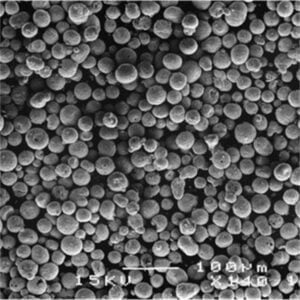7075 Aluminium Alloy Powder
Table of Contents
Overview of 7075 aluminium alloy powder
7075 aluminium alloy powder is a strong, lightweight powder metallurgy material with excellent mechanical properties and corrosion resistance. It contains zinc as the primary alloying element along with magnesium and copper which give it very high strength comparable to many steels.
7075 aluminium alloy powder can be used to manufacture high performance components via powder metallurgy techniques including metal injection molding (MIM), direct metal laser sintering (DMLS), binder jetting, cold/hot isostatic pressing, and extrusion. Parts made from 7075 aluminium powder attain properties close to those from wrought 7075 alloy.
Some key properties and characteristics of 7075 aluminium alloy powder:
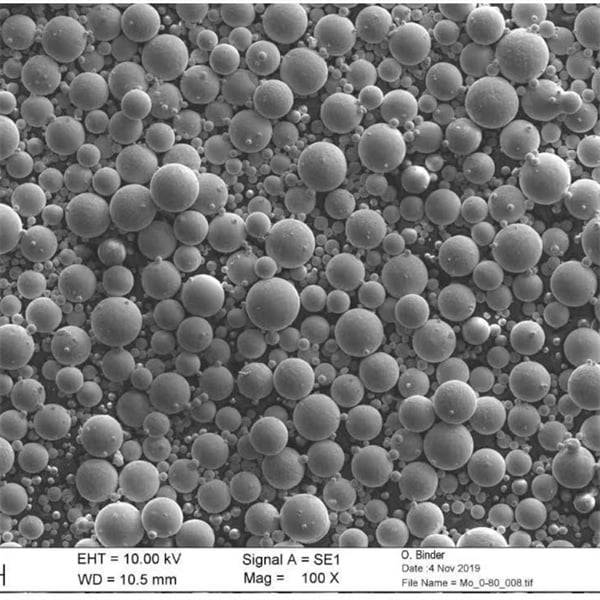
7075 Aluminium Alloy Powder Properties
| Property | Description |
|---|---|
| Composition | Aluminum with zinc (5.1–6.1%), magnesium (2.1–2.9%), copper (1.2–2.0%) and small amounts of other alloying elements |
| Density | 2.81 g/cm3 |
| Melting Point | Approx. 635°C |
| Strength | Very high, similar to many steels |
| Corrosion Resistance | Excellent due to zinc content |
| Powder Particle Shape | Spherical, irregular shaped |
| Powder Size Range | 15- 75 microns |
| Manufacturing Processes | Metal injection molding (MIM), Direct metal laser sintering (DMLS), binder jetting, HIP, extrusion |
Applications of 7075 Aluminium Alloy Powder
Some common applications of MIM and additive manufacturing using 7075 aluminium alloy powder include:
7075 Aluminium Alloy Powder Applications
| Industry | Applications |
|---|---|
| Aerospace | Structural components, fittings, gears, seals |
| Automotive | Pistons, connecting rods, gears, sleeves |
| Marine | Gears, fittings, couplings, propellers |
| Industrial | Power transmission parts, machinery components |
| Consumer | Sports equipment like bicycle parts |
| Military | Firearm components, body armor parts |
| Medical | Orthopedic implants, prosthetics |
Specifications and Standards
7075 alloy powder can meet various critical industry and military specifications:
7075 Aluminium Alloy Powder Specifications
| Standard | Title |
|---|---|
| AMS 4126 | Aluminum Alloy Powder 7075 |
| ASTM B951 | Standard Specification for Zinc and Zinc Alloy Powders Containing Sub-micron Sized Spheroids |
| ISO 22068 | Specification for atomized aluminum alloy powders for thermal spray applications |
| MIL-DTL-45208 | Detail specification for 7075 aluminum alloy powder and particles in grades A, B and C |
Suppliers and Pricing
Some leading global suppliers offering 7075 aluminum alloy powder along with indicative pricing:
7075 Aluminium Alloy Powder Suppliers
| Supplier | Description | Price Range* |
|---|---|---|
| Kymera International | Wide range of aluminum and aluminum alloy powders | $50-$300/kg |
| Sandvik Osprey | Customized aluminum powders including 7075 | $75-$250/kg |
| TLS Technik | Gas and water atomized aluminum powders | $100-$350/kg |
| Makin Metal Powders | Various grades of aluminium powders | $80-$275/kg |
| Alpoco UK | Specialists in aluminum MIM powders | $90-$310/kg |
* Price range varies based on order quantity, customized particle size distribution as per application requirements.
How 7075 Aluminium Compares
Comparison of 7075 aluminum alloy powder versus alternatives on key parameters:
Comparison of Aluminium Alloy Powders
| Parameter | 7075 Al Powder | 6061 Al Powder | 316L Stainless Steel Powder |
|---|---|---|---|
| Density | 2.8 g/cc | 2.7 g/cc | 7.9 g/cc |
| Strength | Very High | Medium | High |
| Corrosion Resistance | Excellent | Good | Excellent |
| Thermal Conductivity | Excellent | Good | Medium |
| Cost | Medium | Low | High |
| Manufacturability | Very Good | Very Good | Acceptable |
7075 aluminium alloy stands out with it’s exceptional strength-to-weight ratio, corrosion resistance, thermal properties, balanced with good manufacturability via MIM and powder bed AM processes compared to alternatives like 6xxx series aluminum or stainless steel.
Key Considerations for 7075 Aluminium Powder
Some key considerations when working with 7075 aluminium alloy powder:
7075 Aluminium Alloy Powder Considerations
| Consideration | Details |
|---|---|
| Difficulty of Printing | Moderately challenging due to higher zinc and copper content leading to powder aging effects during MIM and AM processes |
| Post-Processing Needs | Heat treatment required to attain optimal strength and balance mechanical properties |
| Surface Finish | Very good finish achievable after post-processing |
| Dimensional Accuracy | HIP can minimize shrinkage to attain tolerances below 0.5% |
| Cost | Higher cost than 6061 but lower than titanium or nickel alloys |
| Environmental Impact | Generally positive due to high recyclability of aluminium and powder metallurgy processes efficiency over traditional manufacturing methods |
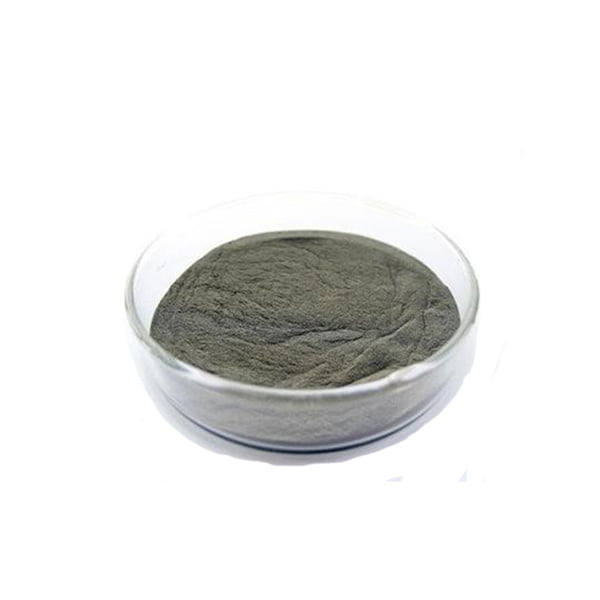
FAQs
7075 Aluminium Alloy Powder FAQs
Q: What is 7075 aluminum alloy?
A: 7075 aluminium alloy powder belongs to the 7xxx aluminum series and contains high amounts of zinc, magnesium and copper. The key features of 7075 alloy are resistance to corrosion, toughness and high strength-to-weight ratio.
Q: Is 7075 alloy corrosion resistant?
A: Yes, 7075 aluminium alloy has excellent corrosion resistance due to its key alloying element zinc which provides superior protection compared to other aluminium alloys like 6061 or 6082.
Q: What is the difference between 7075 aluminum and 7075?
A: 7075 aluminium refers to the alloy in its wrought form, while 7075 aluminum refers specifically to this same alloy composition in powder form. So 7075 aluminum powder would be used in powder metallurgy processes like MIM or metal 3D printing.
Q: What is 7075 aluminum powder used for?
A: 7075 aluminium alloy powder finds usage across aerospace, defense, automotive, medical and other demanding industries due to its high strength and corrosion resistance properties. It offers high performance in parts with low material thickness requirements.
Q: What are the mechanical properties of 7075 aluminum powder?
A: Sintered 7075 aluminum alloy powder can achieve tensile strength levels up to 550 MPa, yield strengths of 470 MPa, elongation over 11% and hardness values exceeding 150 HB. These are close to wrought 7075 alloy properties.
Q: What powder metallurgy methods use 7075 aluminum powder?
A: Major powder technologies using 7075 Al powder include metal injection molding (MIM), direct metal laser sintering (DMLS), binder jetting/powder bed fusion (PBF) and cold/hot isostatic pressing (HIP) followed by machining and finishing.
Q: Is 7075 aluminum powder better than 6061?
A: Yes, 7075 aluminium powder is much stronger than 6061, with fatigue strength almost double that of 6061. However it also costs 50-100% more than 6061 powder depending on customized specifications.
Share On
MET3DP Technology Co., LTD is a leading provider of additive manufacturing solutions headquartered in Qingdao, China. Our company specializes in 3D printing equipment and high-performance metal powders for industrial applications.
Inquiry to get best price and customized Solution for your business!
Related Articles
About Met3DP
Recent Update
Our Product
CONTACT US
Any questions? Send us message now! We’ll serve your request with a whole team after receiving your message.

Metal Powders for 3D Printing and Additive Manufacturing
COMPANY
PRODUCT
cONTACT INFO
- Qingdao City, Shandong, China
- [email protected]
- [email protected]
- +86 19116340731







